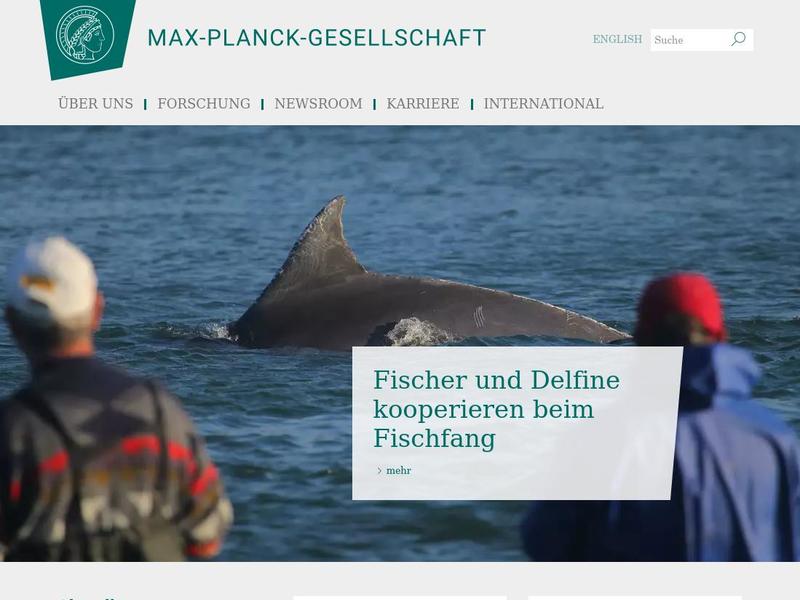Quantum storage system with long-term memory https://www.mpg.de/5856755/quantum_storage_memory
An artificial diamond containing small quantities of the heavy carbon isotope C-13 and nitrogen forming N-V centres serves as a quantum memory at room temperature. The long-term memory, which was developed by researchers including I. Cirac from the Max Planck Institute of Quantum Optics and Harvard University, stores the quantum information of a qubit in the nuclear spin of a carbon atom.
The C-13 nucleus thus behaves like a tiny bar magnet that can align itself parallel

